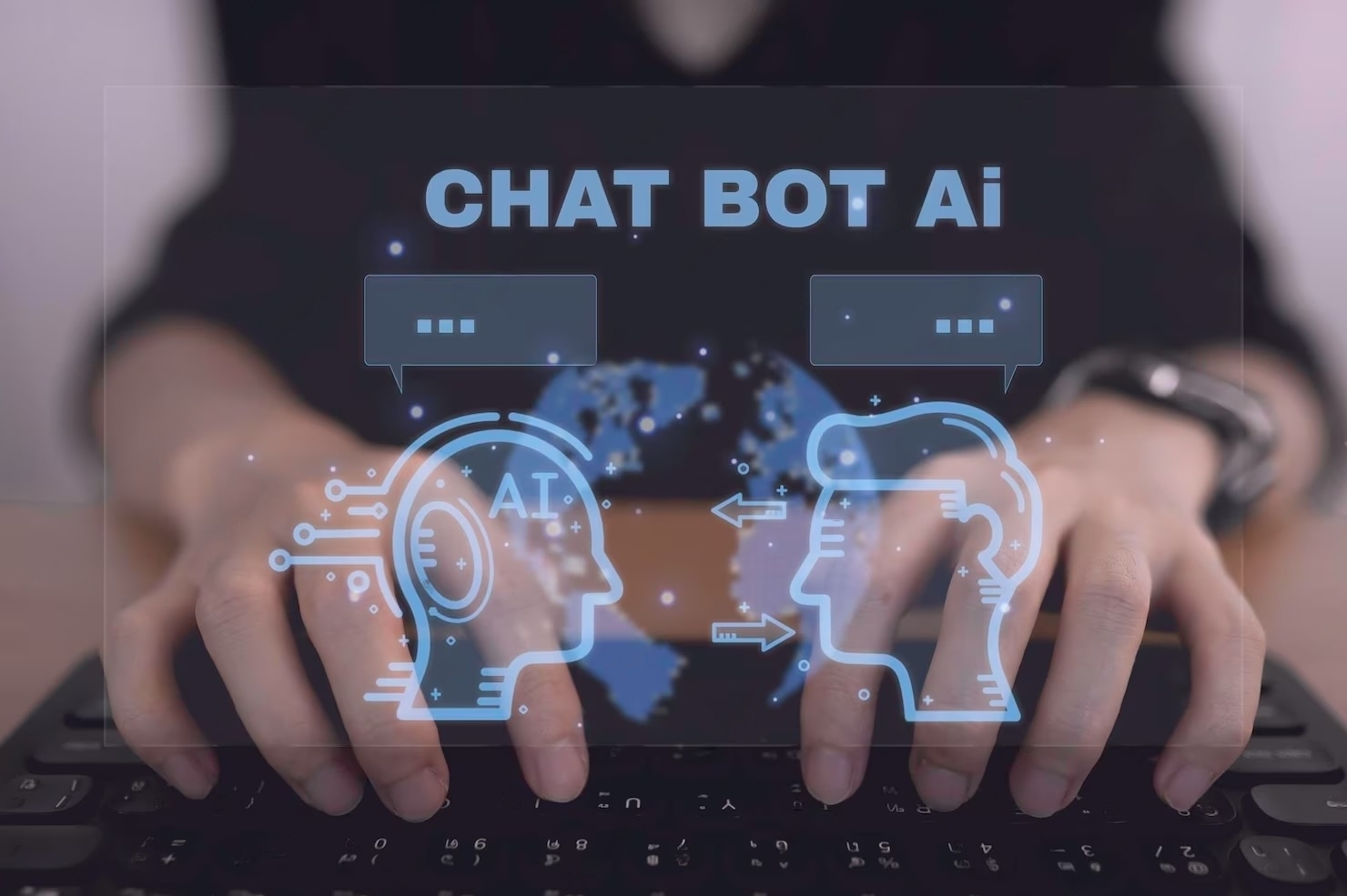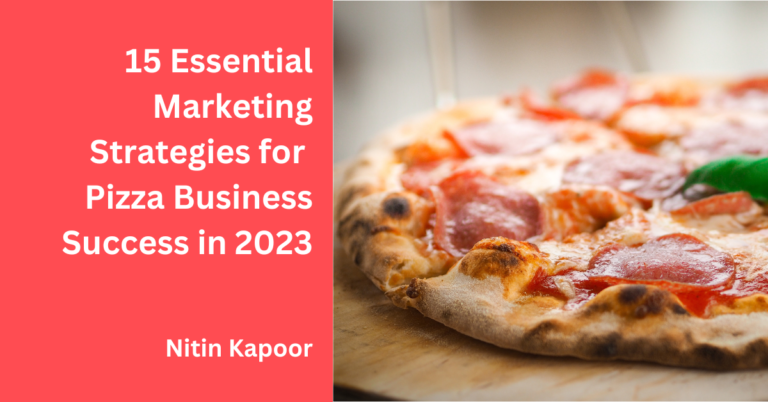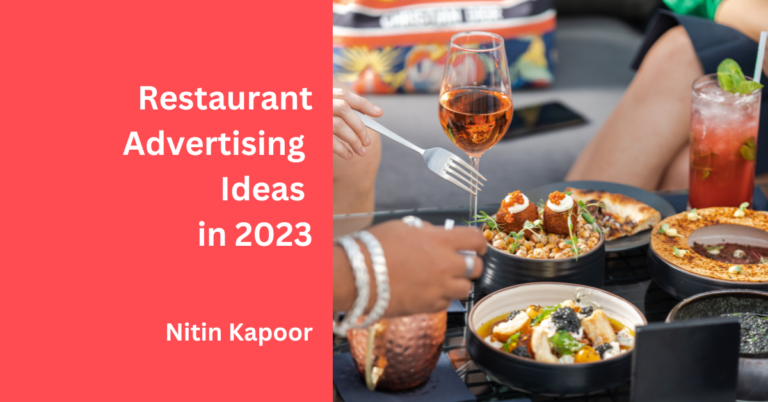ChatGPT for Food Industry
Introduction
The food industry is no stranger to innovation, and one of the most exciting developments in recent years has been the integration of AI, specifically ChatGPT, into various aspects of restaurant marketing and operations. In this article, we’ll delve into the dynamic world of ChatGPT for the food industry, shedding light on its capabilities, real-world applications, and the impact it has on enhancing customer engagement, menu analysis, sales strategies, social media interaction, and website evaluation.
The Power of ChatGPT for Food Industry
Understanding ChatGPT’s Capabilities
ChatGPT, powered by OpenAI’s advanced language model, is more than just a chatbot. It’s a versatile AI tool that excels in natural language processing. Its ability to understand and generate human-like text makes it a game-changer in the food industry.
How ChatGPT Transforms Food Industry Communication
ChatGPT facilitates seamless communication between restaurants and their customers. It can answer queries, provide recommendations, and even take orders, all while maintaining a friendly and natural tone.
Examples of ChatGPT in Action
- ChatGPT-Powered Order Assistant: Many restaurants now employ ChatGPT to take customer orders via chat or voice commands. For example, Pizza Palace witnessed a 20% increase in online orders after implementing ChatGPT as their virtual order assistant.
- Virtual Waitstaff: ChatGPT can assist diners by providing menu details, suggesting wine pairings, and answering dietary queries. Olive Bistro, a fine dining restaurant, reported a significant improvement in customer satisfaction after implementing ChatGPT as a virtual waitstaff.
ChatGPT’s Impact on Customer Engagement
Enhancing Customer Interactions
ChatGPT’s ability to engage customers in real-time conversations enhances the overall dining experience. It can provide instant responses to inquiries and engage in personalized interactions.
Personalized Recommendations
One of the standout features of ChatGPT is its ability to offer personalized menu recommendations. It takes into account a customer’s past preferences and dietary restrictions to suggest dishes tailored to their tastes.
Real-time Assistance and Support
Imagine a scenario where a customer has a food allergy or specific dietary requirements. ChatGPT can provide immediate information about ingredients and help them make informed choices, contributing to a safer and more enjoyable dining experience.
Case Studies
- Café Delights: By implementing ChatGPT, Café Delights increased customer engagement on their website by 30%. Customers appreciated the instant responses to menu-related queries.
- The Spice Hub: This Indian restaurant saw a 15% boost in online reservations after ChatGPT started assisting with table bookings and providing information about their menu.
Menu Analysis with ChatGPT for Food Industry
Analyzing Restaurant Menus with AI
ChatGPT’s data analysis capabilities extend to menu evaluation. It can help restaurants optimize their menu by identifying popular dishes, pricing strategies, and emerging culinary trends.
Optimizing Pricing Strategies
ChatGPT can analyze historical sales data and customer preferences to recommend optimal pricing for menu items. This data-driven approach ensures competitive pricing and maximizes profitability.
Tracking Culinary Trends by ChatGPT for Food Industry
Food trends change rapidly, and staying ahead is vital. ChatGPT can monitor culinary trends and recommend menu adjustments to cater to evolving customer tastes.
Case Studies
- Burger Haven: By leveraging ChatGPT’s menu analysis, Burger Haven was able to identify low-performing items and revamp their menu, resulting in a 25% increase in sales.
- Sushi Senseii: This sushi restaurant used ChatGPT to track sushi trends, leading to the introduction of new sushi rolls that quickly became customer favorites.
Boosting Restaurant Sales with ChatGPT
Leveraging Analytical Insights
ChatGPT’s data analysis capabilities extend to menu evaluation. It can help restaurants optimize their menu by identifying popular dishes, pricing strategies, and emerging culinary trends.
Identifying Sales Patterns
ChatGPT can analyze historical sales data and customer preferences to recommend optimal pricing for menu items. This data-driven approach ensures competitive pricing and maximizes profitability.
Data-Driven Strategies ChatGPT for Food Industry
With ChatGPT, restaurants can develop marketing strategies based on actionable insights. It can predict sales patterns and recommend promotional activities.
Success Stories
- Mama Mia Pizzeria: This family-owned pizzeria used ChatGPT’s insights to launch a successful loyalty program, resulting in a 15% increase in repeat customers.
- Taste of India: By analyzing customer preferences, Taste of India introduced special weekend offers that boosted weekend sales by 20%.
Social Media Engagement with ChatGPT for Food Industry
Crafting Engaging Content
Leveraging ChatGPT’s natural language generation, restaurants can create compelling social media content that resonates with their audience. This includes crafting engaging posts, tweets, and captions.
Understanding Different Platforms
Each social media platform has its unique characteristics. ChatGPT can tailor content for platforms like Instagram, Twitter, and Facebook, ensuring restaurants maintain a strong online presence.
Maintaining a Strong Online Presence
ChatGPT can help restaurants schedule posts, interact with followers, and respond to comments and messages promptly, strengthening their online brand presence.
Real-world Examples
- Café Latte: By using ChatGPT to manage their social media content, Café Latte’s Instagram followers grew by 40% within three months.
- Taco Time: Taco Time’s witty and engaging tweets, generated with ChatGPT, led to a 25% increase in Twitter engagement.
Website Evaluation with ChatGPT
Assessing User Experience
ChatGPT can evaluate restaurant websites for user-friendliness. It checks for navigation ease, loading speed, and overall user experience.
Ensuring Mobile-Friendliness
In a mobile-centric world, ChatGPT ensures that restaurant websites are optimized for mobile devices, allowing customers to access information conveniently.
Optimizing Content Quality
Content quality plays a significant role in website engagement. ChatGPT can provide recommendations for improving website content.
Global Case Studies
- Pizza Fusion: After implementing ChatGPT’s suggestions, Pizza Fusion’s website saw a 20% increase in user engagement and reduced bounce rates.
- Sushi Supreme: Sushi Supreme’s mobile-friendly website led to a 15% increase in online orders within the first month.
ChatGPT for Food Industry: Challenges and Solutions
Overcoming Implementation Hurdles
While ChatGPT offers immense potential, its successful implementation comes with challenges like training and fine-tuning. Restaurants need to address these issues effectively.
Data Privacy and Security Concerns
Customer data security is paramount. ChatGPT users must ensure that their AI systems comply with data protection regulations.
Future Prospects and Innovations
There is a bright future for AI in Food & Beverage Industry. AI technologies like ChatGPT will continue to evolve, offering even more advanced features and benefits.
Frequently Asked Questions – ChatGPT for the Food Industry (FAQs)
Q) What is ChatGPT’s role in the food industry?
A) ChatGPT’s role in the food industry is to enhance customer engagement, improve menu analysis, boost sales, strengthen social media interaction, and optimize website evaluation through its natural language processing and data analysis capabilities. It acts as a versatile AI tool that facilitates communication, provides personalized recommendations, and offers data-driven insights for restaurants, ultimately improving the overall dining experience and business operations
Q) How does ChatGPT enhance customer engagement for restaurants?
A) ChatGPT enhances customer engagement for restaurants by providing instant, personalized responses to customer inquiries, offering menu recommendations, and assisting with real-time support. It creates a more interactive and satisfying dining experience, contributing to higher customer satisfaction and loyalty
Q) Can ChatGPT analyze restaurant menus effectively?
A) Yes, ChatGPT can analyze restaurant menus effectively by assessing popular dishes, pricing strategies, and culinary trends, helping restaurants optimize their menus for increased profitability and customer satisfaction.
Q) What are some success stories of using ChatGPT to boost sales?
A) Some success stories of using ChatGPT to boost sales include a pizzeria launching a successful loyalty program leading to a 15% increase in repeat customers and a restaurant introducing special offers based on customer preferences, resulting in a 20% sales boost. ChatGPT’s data-driven insights have been instrumental in achieving these successes
Q) How does ChatGPT contribute to social media engagement for restaurants?
A) ChatGPT contributes to social media engagement for restaurants by generating engaging content, responding to comments, and crafting posts that resonate with the audience. It helps maintain a strong online presence by tailoring content for different social media platforms, leading to increased follower engagement and brand visibility.
Q) What are the key factors in evaluating restaurant websites with ChatGPT?
A) Key factors in evaluating restaurant websites with ChatGPT include assessing user experience, ensuring mobile-friendliness, and optimizing content quality. ChatGPT can provide recommendations in these areas to improve website engagement and customer satisfaction.
Conclusion
In conclusion, ChatGPT is transforming the food industry by enhancing customer engagement, optimizing menus, boosting sales, and strengthening online presence. Its analytical insights and natural language capabilities are invaluable tools for restaurant marketing. As AI continues to advance, we can expect even more exciting innovations in the food industry.
For more such articles read Nitin Kapoor’s blog






